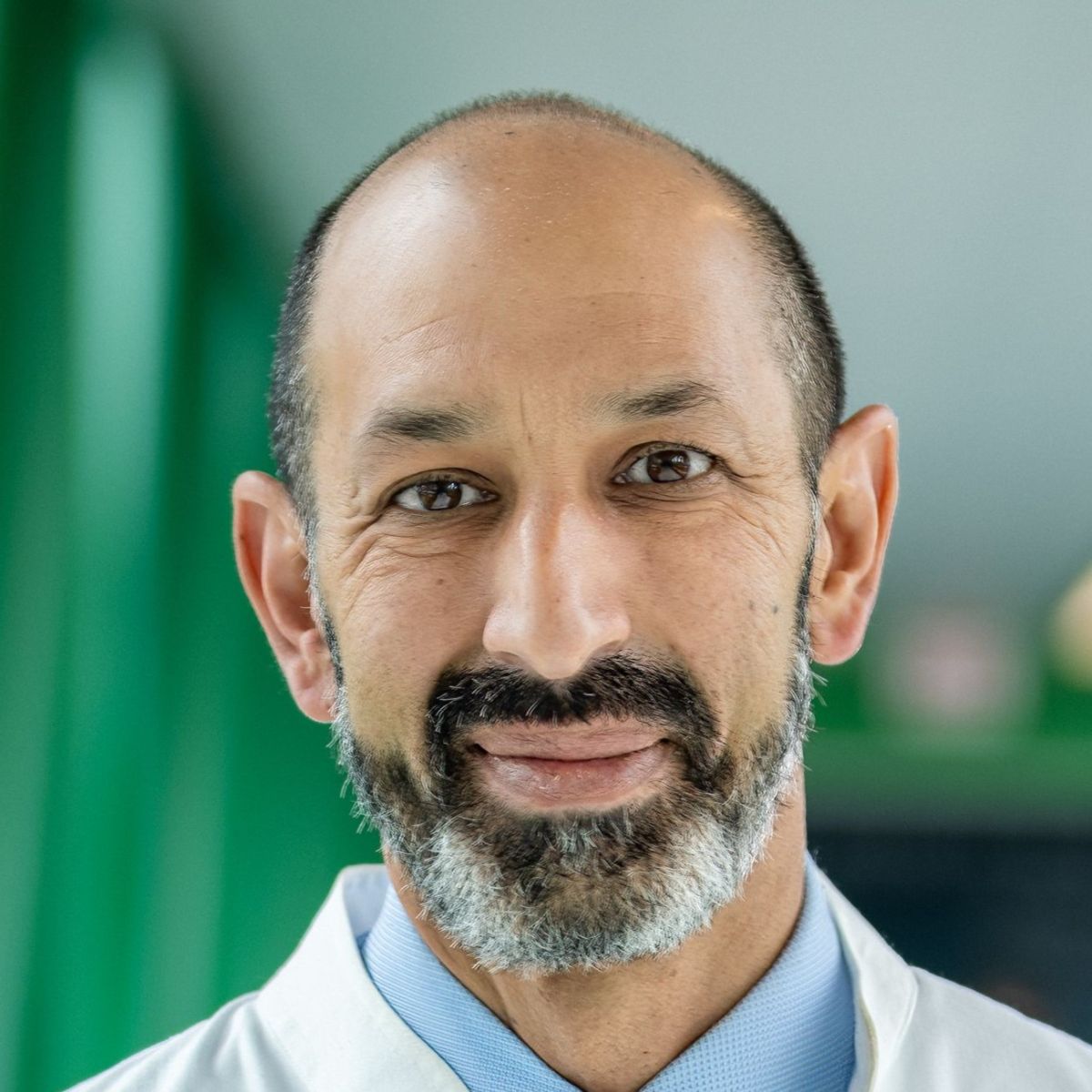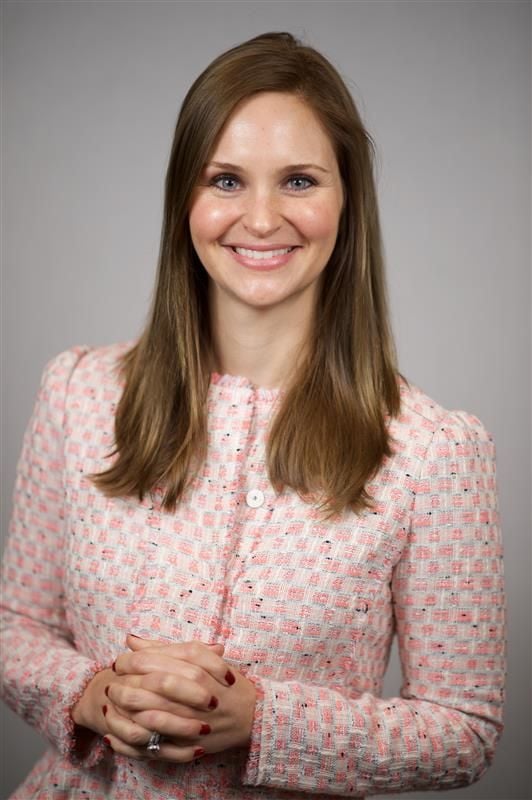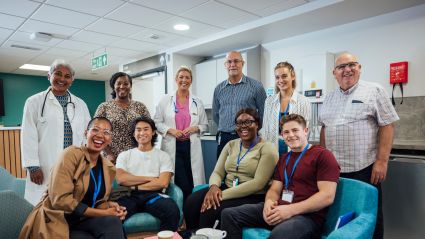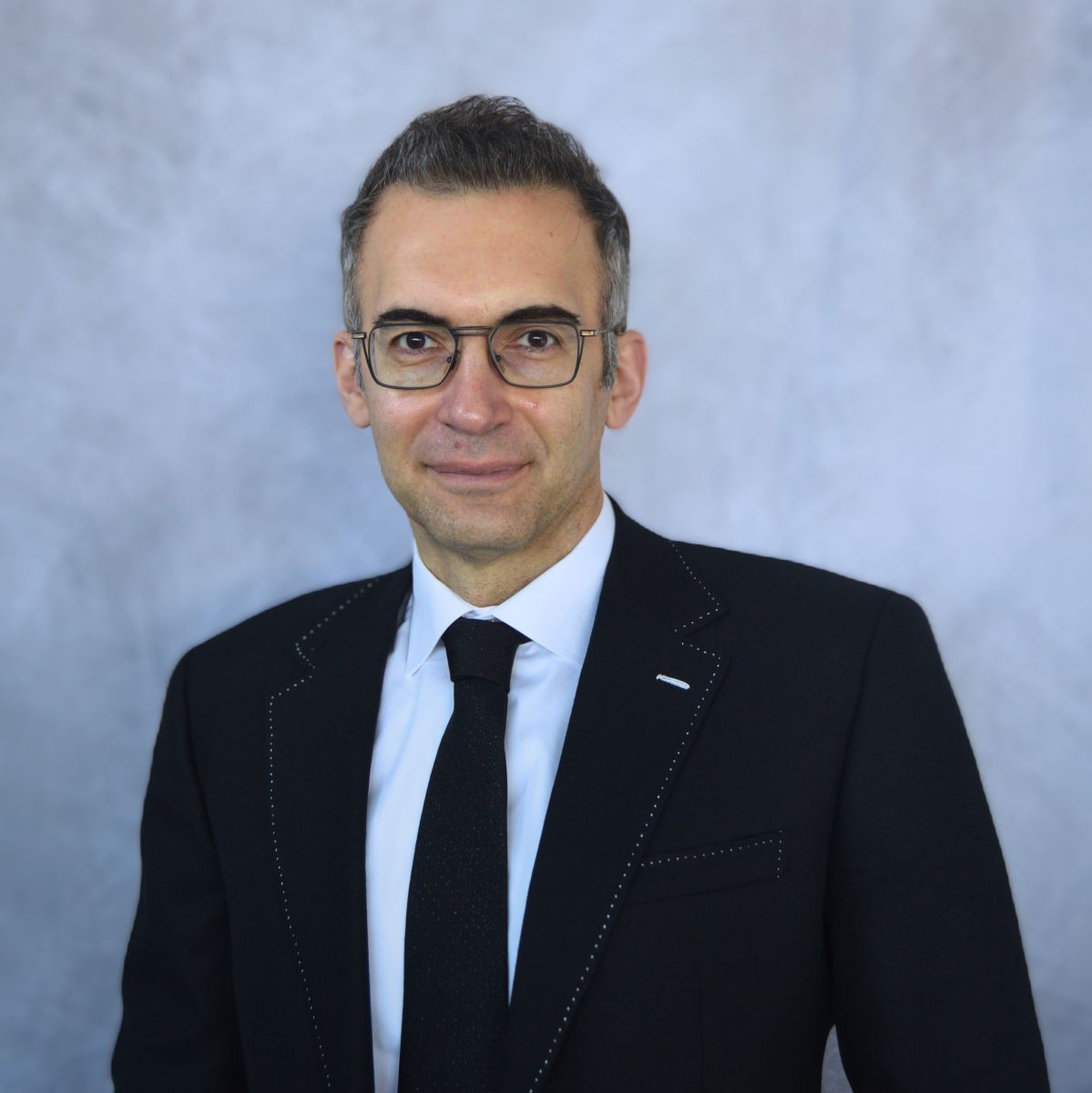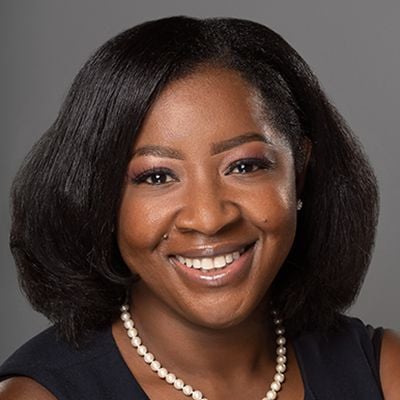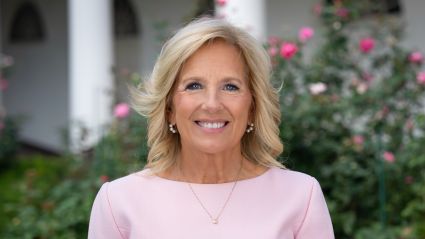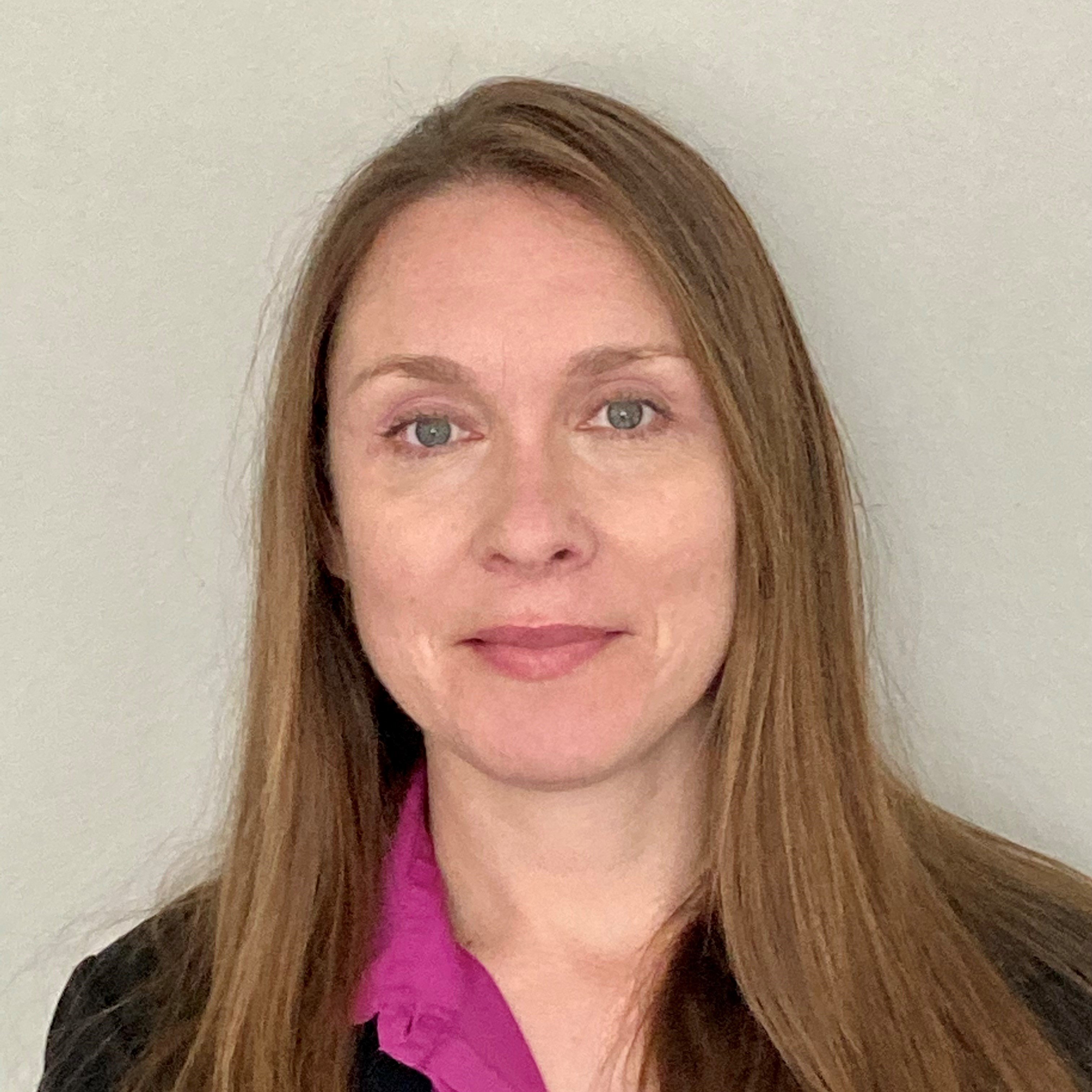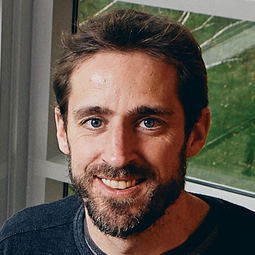
No single group can solve America’s biggest health challenges alone. Doctors, government agencies, schools, and businesses each bring something important to the table. But progress doesn’t come from working in silos—it comes when these groups share a common vision and pull in the same direction. Real change requires collaboration.
When cooperation breaks down, the consequences can be devastating. The water crisis that struck my hometown of Flint, MI, a decade ago, is a stark reminder of the cost of failed partnerships. In response to a financial emergency, city officials switched the water supply from Lake Huron to the Flint River. That decision caused aging pipes to leach lead—a dangerous neurotoxin—along with other contaminants into the drinking water. The result was not only a preventable public health disaster but also a deep and lasting erosion of public trust.
As a physician, I’ve seen firsthand the vital role doctors play—not only at the bedside, but as advocates, scientists, and community leaders. We hear directly from patients, identify patterns before they escalate, and speak out when something is wrong. But our voices alone are not enough to drive comprehensive and lasting change. We need partnerships that respond to evidence, support innovation, and put optimal health outcomes at the center of every decision.
One clear opportunity lies in the technology sector. Digital health technology, electronic health records, and AI-enabled tools promise to transform care delivery. But too many of these tools are built without input from physicians, leading to burdensome systems that disrupt workflow rather than support it. We need tech companies to cocreate with us—to build solutions that simultaneously serve patients and the professionals who care for them.
Public-private partnerships are also essential in addressing substance use disorder, one of the defining health crises of our time. We must foster workable partnerships among community service organizations, law enforcement, public health departments, and physicians because each holds a vital element of the solution. A coordinated, compassionate approach rooted in public health principles is the best way forward.
Our greatest public health victories have always come from collaboration.
Education is another pillar of long-term health. In previous generations, school-based health education equipped students with the knowledge and skills to lead healthier lives. Today, as funding pressures mount, these programs are often among the first to be cut. We must work with the educational sector to restore comprehensive health education—ensuring young people learn not just reading and math but also the basics of nutrition, mental health, and physical well-being. And we need to work together to make sure nutrition education is a part of a medical school curriculum to better train our physician leaders of tomorrow.
Local governments have a critical role in ensuring access to nutritious foods, clean air, and safe places to exercise. Whether it’s zoning for grocery stores, investing in parks, or designing walkable neighborhoods, policy decisions at the local level directly influence community health. We need those in public office to see themselves as health stewards, working alongside physicians to create environments where wellness is possible.
The Flint water crisis didn’t happen in a vacuum—it was the result of ignored warnings, misguided priorities, and a refusal to collaborate. What if those in charge had listened to physicians and residents? What if public health experts had been empowered to act? What if the major players involved had prioritized transparency over cost? The answers are clear: Lives could have been saved and a community spared lasting harm.
We cannot afford more Flints. We face immense challenges going forward, from pandemics to crushing levels of chronic disease to climate-driven health risks. Answering these and other challenges requires us to place cooperation and partnerships at the center of our public health strategy. We need government, organized medicine, education, technology, and industry to work together in a spirit of shared accountability and mutual respect.
Our greatest public health victories have always come from collaboration. Let’s commit to it—every sector, every community, and every voice.








